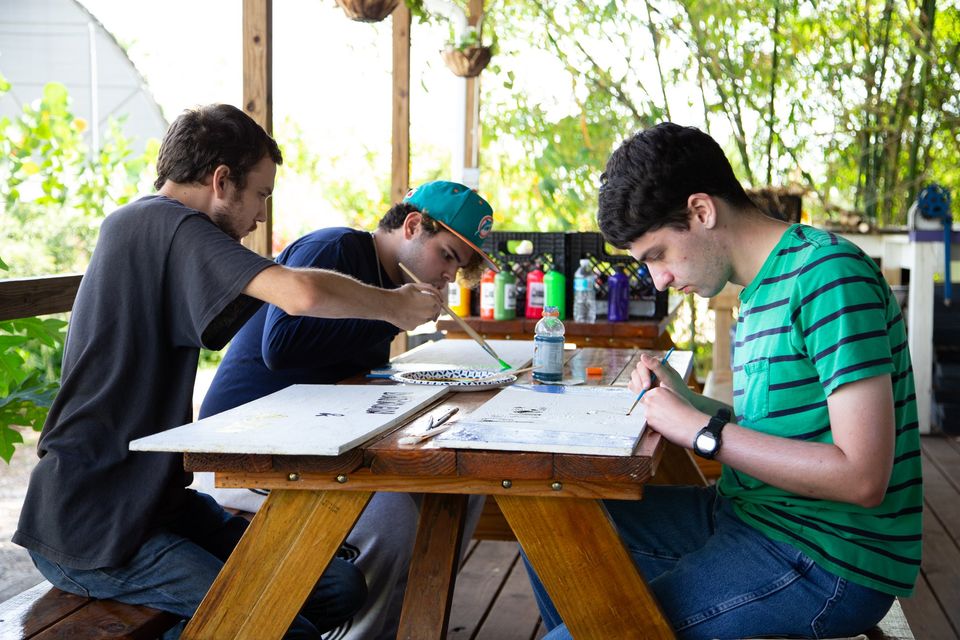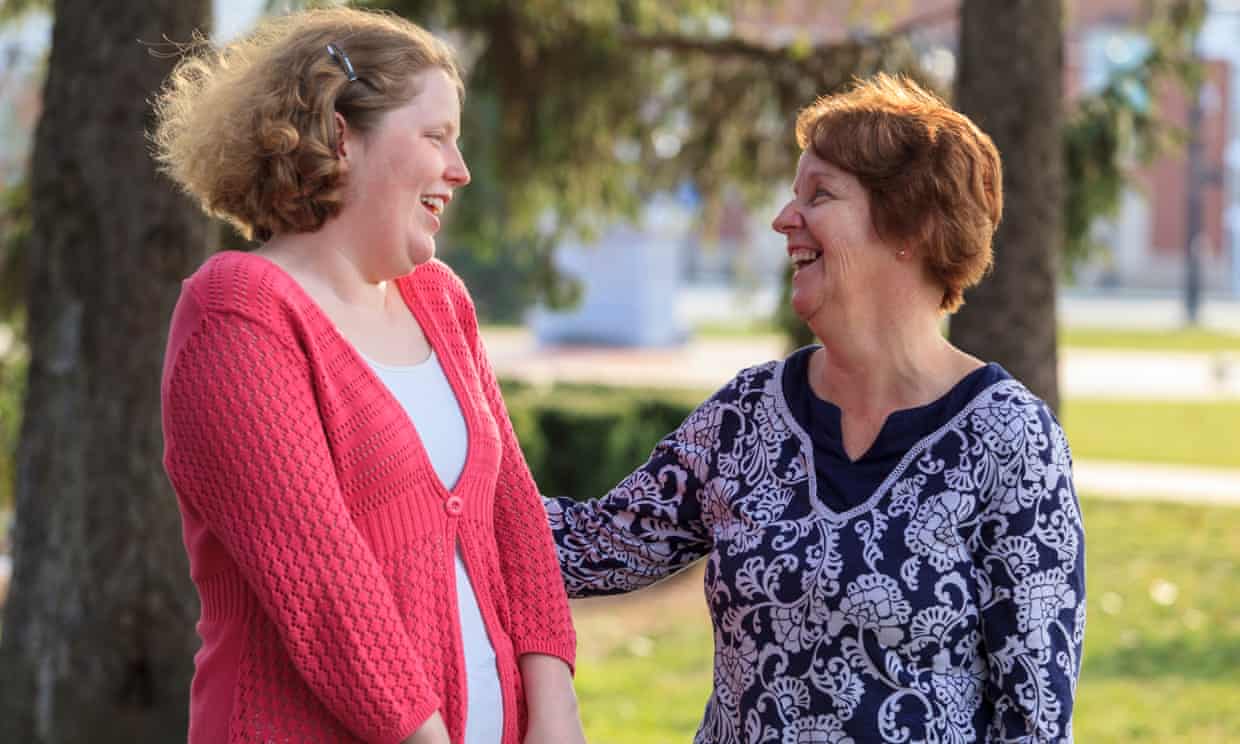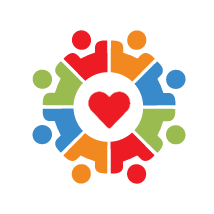-
Autism Facts & Statistics
- The Social Cog program
- Staff
- Coaches
- Advisory Board
- Videos
- Brochure
Navigation
- Prevalence of Autism is estimated at 1 in 88 births.
- 1 to 1.5 million Americans live with an autism spectrum disorder.
Source: Centers for Disease Control and Prevention (2009) and 2000 U.S. Census figure of 280 million Americans.
- Fastest-growing developmental disability; 1,148% growth rate.
Source: "Autistic Spectrum Disorders: Changes in the California Caseload, An Update June 1987 June 20007." Cavagnaro, Andre T.,
- California Health and Human Services Agency. State of California 2003 survey of developmental disabilities.
- Only 56% of students with autism finish high school.
Source: Wagner. M., et al. An Overview of Findings from Wave 2 of the National Transition Study, SRI International, Menlo Park, CA.
- Young people with a disability are more likely to report being fairly or very dissatisfied with their life so far (17%) than young people without a disability (7%) at age 19.
Source: Department for Education (2011) The Activities and Experiences of 19 year olds, England 2010.
According to the Current Population Survey (December 2010) from the Bureau of Labor Statistics, Washington, DC., unemployment rate for people with disabilities was at 14%, compared with 9% for people without a disability. Additionally, during the same period, only 21% of all adults with disabilities participated in the labor force as compared with 69% of the non-disabled population.
Source: Current Population Survey (December 2010); Bureau of Labor Statistics, Washington, DC.
A state-wide study conducted in Florida in 2008 by The Center for Autism and Related Disabilities (CARD) indicated that approximately
- 67% of the 200 families of 18-22 year olds with autism surveyed did not have knowledge of transition services
- 73% indicated they needed help with their job
- 63% indicated they need help with daily living
- 78% do not know of agencies or professionals who can help them find work; and
- 74% indicated that they would want to work, but only 19% were actually employed.
According to a National Autistic Society survey of over 450 children and adults with autism
70% of adults with autism are unable to live independently.
Of these individuals
- 49% live with family members and
- 32% live in residential care facilities
- Only 3% of adults with autism live fully independently.
Regarding mental health, over half of adults with autism have been diagnosed with depression some time in their adult life while 11% say they have suffered a "nervous breakdown."
Despite having participated in at least two autism interventions in childhood, 65% continue having difficulty making friends.
Of teens surveyed, 74% stated that they had difficulty making friends.
- In the U.S., autism costs society a staggering $126 billion per year (U.S.) – a number that has more than tripled since 2006.
- The cost of autism in the U.K. has reached more than $54 billion.
- The costs of providing care for each person with autism affected by intellectual disability through his or her lifespan are $2.3 million in the U.S. and $2.4 million in the U.K.
- The lifetime costs of caring for individuals who are not impacted by intellectual disability are $1.4 million in the U.S. and $1.46 million in the U.K.
- 60% of costs are in adult services.
Source: Autism Society estimates based on UK study by Knapp M, & Mandell, D. (2012) "Invensting in our Future: the Economic Costs of Autism. Presented at the international conference "Investing in our Future: The Economic Costs of Autism," hosted by Goldman Sachs in collaboration with the Child Development Centre and Autism Speaks, on March 31 in Hong Kong.
This template controls the elements:
FOOTER: Footer Title, Footer Descriptions
CUSTOM MENU: Images and columns into header main menu submenu items
* This message is only visible in administrative mode

2925 Aventura Blvd, Suite 300
Aventura, FL 33180
p 305 501-2333
sdamelio@thesocialcog.org















